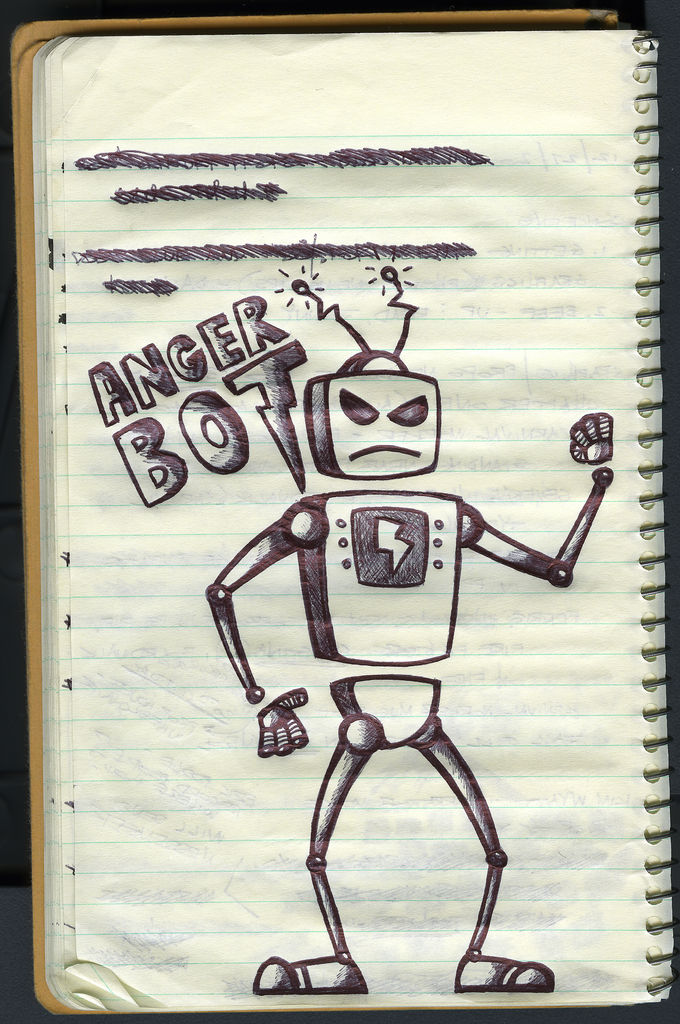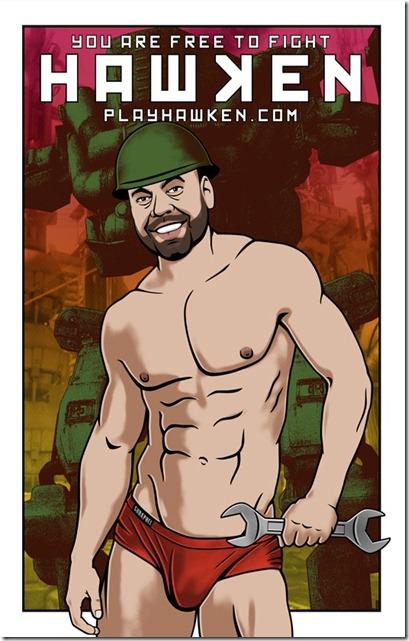What Amy’s Baking Company and Brosie Can Teach You About Conflict
One of the things that makes conflict so darn difficult are all the Feelings.
Anger and fear and embarrassment are strong, visceral emotions. Once introduced, they can easily dominate a situation.
Two very different things happened in the world of Internetlandia this week that highlight the best and worst ways these emotions can serve you in conflicts.
Let’s unpack each so we can understand the difference between using emotions when in conflict and having emotions when in conflict.
First up: Having Emotions at Amy’s Baking Company.
Oh, goodness.
Kitchen Nightmares doesn’t really hide the fact that conflict is the engine that makes the show run. Particularly conflict with a heavy dose of Very Strong Feelings and a lot of yelling.
But the Amy’s Baking Company episode was an extra sort of special. If you aren’t familiar with the story: the owners of a Scottsdale, Arizona, restaurant had such a horrible, terrible, no good, very bad reaction to criticism of their business that Grodon Ramsey actually walks out on the show. He refuses to do the whole Cinderella makeover (you know the part that makes the show a show) because the owners are so stubborn in their refusal to accept feedback and so quick to lash out at others.
After the show ran, the owners took to their Facebook page in a rage to prove all the “haters and bloggers” wrong. It was not good.
Not only was there conflict in this situation, this was conflict driven entirely by emotion.
Conflict that is driven by emotion is conflict where the emotion the person has is not distinct from the action the person takes.
They are angry so they lash out; they are fearful so they avoid the thing that is threatening them; they are embarrassed so they try to hide the perceived flaw.
The unfortunate result is that their actions can feed the underlying emotion, making it even worse. If you’ve ever yelled at someone before, you know there is a brief period where it feels incredibly satisfying, but if the conflict doesn’t disappear after you yell, the fact that your tactic didn’t work makes you even angrier. So now you’re angry about whatever the conflict was and angry that the other person didn’t respond to your yelling the way you wanted them to.
You might also be embarrassed that you yelled in the first place, which can make you even angrier about the conflict you’re in.
Yikes.
In these instances, the emotion is in control of you, instead of you being in control of it.
But emotions aren’t bad! They can be incredibly useful during times of conflict.
The alternative: Using emotions (and Brosie) in conflict
The better thing that happened on the internet this week was the story of how a female employee at a game company, with help from a talented and equally frustrated male employee, decided to respond to a ridiculously over-sexualized poster for the game HAWKEN that hung in their workspace.
K2, the employee who led the charge in responding to the work-place poster of the Unnecessarily Under-clothed “Sexy” Lady Mechanic, had some of the exact same emotions that were present in the Amy’s Baking Company debacle – anger and embarrassment – and used them to deal with her conflict.
What was different in this story is that the person having the emotions paused and questioned why she felt the way she did.
She used her emotions to better understand her response to what was going on. Why was she angry? Why was she embarrassed?
It seems that part of that “why” was that this image didn’t jibe with what she understood of her workplace; for her work was a fun place with supportive coworkers and supervisors where they were all working hard to make really cool things.
And so, with the help of a friend and co-worker, she developed a way of responding that helped highlight all of those good things she felt about work.
They replaced “Rosie” with “Brosie” on April Fool’s Day this year.
The response fit the culture that she appreciated about where she works; a fun, jovial culture where a certain amount of teasing means “I like you.”
Because she paused to question where her emotions were coming from and why she was responding the way she did, she suddenly had access to great information about the conflict. Information that helped her address the situation in a positive and productive manner.
Using your emotions means that you spend a little bit of effort to discover the reasons behind your emotions and then use the information you discover to come up with different options for responding.
And if you want to use your emotions well, know that assuming you know the reason for your emotions (by virtue of the fact that you’re having them dammit), isn’t the same as really asking yourself why you’re reacting the way you are.
Now do I think K2 when through all that thoughtful analysis impassionately (or even consciously) to come up with her solution?
No, probably not. But taking that time to question what was going on was the valuable step.
(K2 also has some great things to say about how anger can escalate a conflict. You should read them.)
Strong emotions can make conflict difficult to deal with. That’s normal. But don’t try to stop having emotions when you experience conflict, because that’s impossible. Instead try to use your emotions to better understand what’s going on. Your emotions likely have a lot of valuable information that can help make the conflict easier.
Categories: Self Awareness Tools






